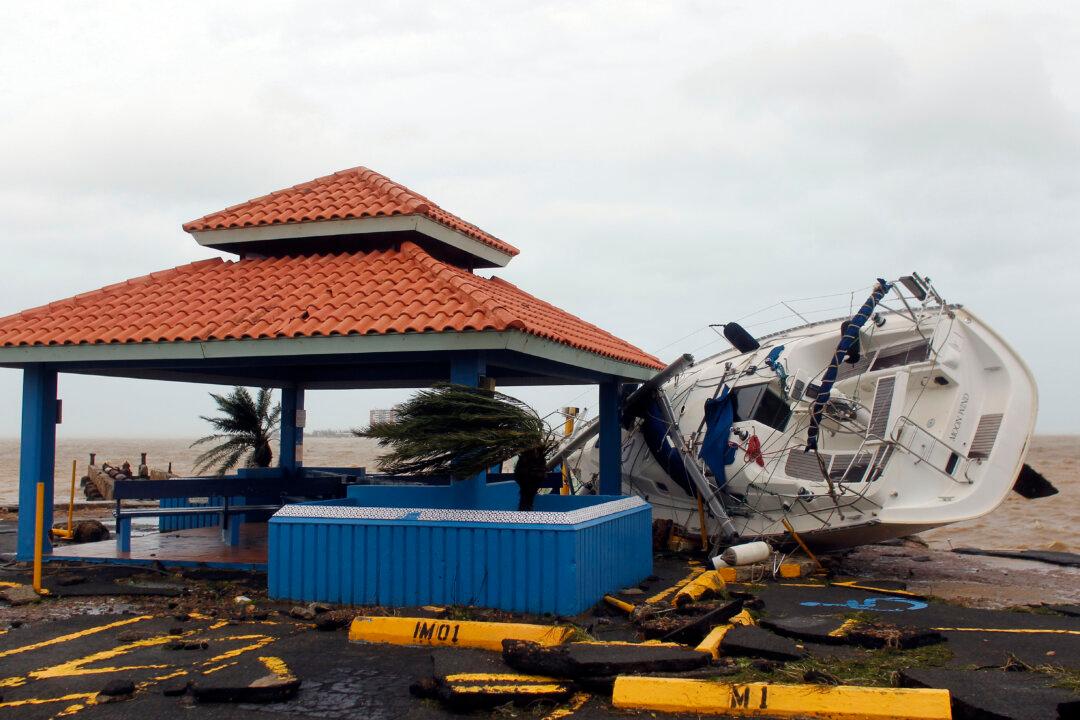Aid supplies to Puerto Rico are trapped at a port in the capital, San Juan, according to reports on Thursday.
They’re trapped because there’s a shortage of truckers, trucks, and devastated infrastructure after Hurricane Maria hit the island.


Aid supplies to Puerto Rico are trapped at a port in the capital, San Juan, according to reports on Thursday.
They’re trapped because there’s a shortage of truckers, trucks, and devastated infrastructure after Hurricane Maria hit the island.